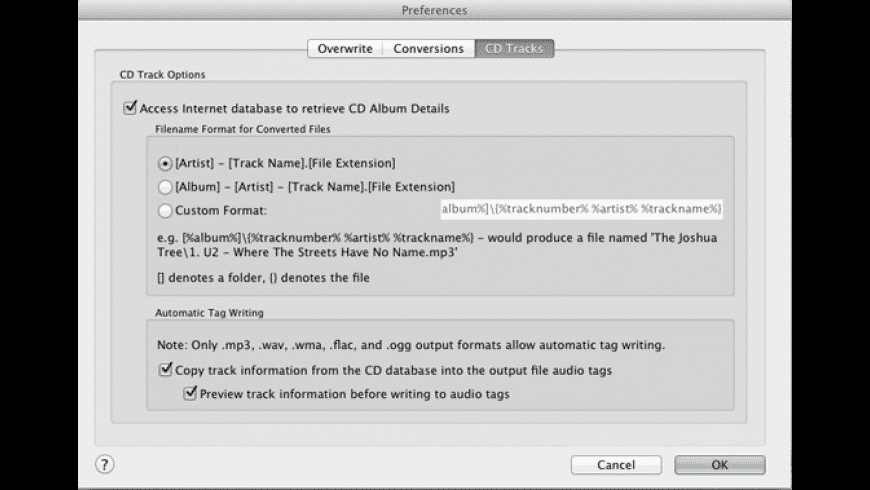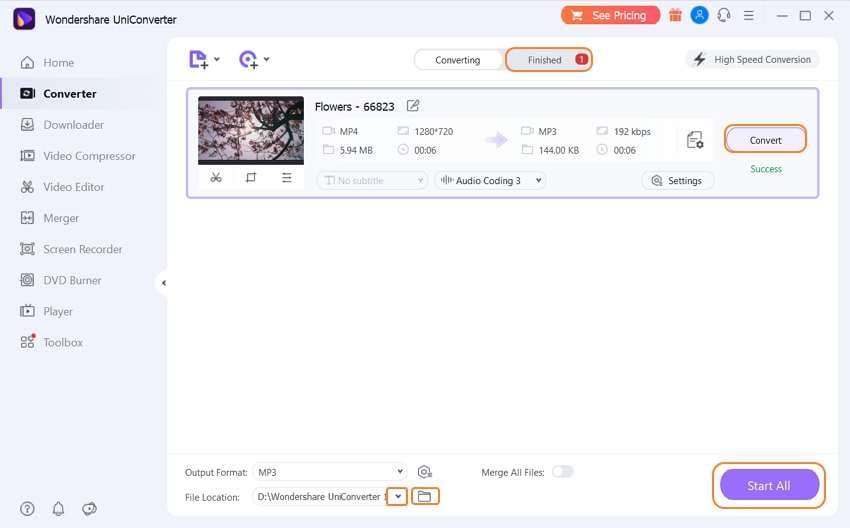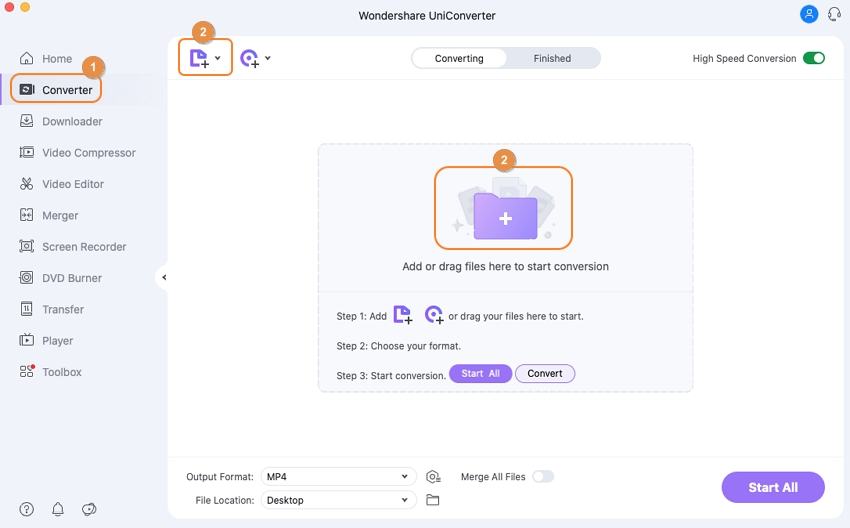
- #Switch audio converter to sheet music for mac full#
- #Switch audio converter to sheet music for mac software#
- #Switch audio converter to sheet music for mac plus#
Both types of instrument can be edited, trimmed and looped within the project and can have effects applied to them. Hovering over the end of a part allows you to trim the length of it to your satisfaction, or if you hover over the top right of the part, you can loop it as many times as you wish.


#Switch audio converter to sheet music for mac software#
Whether it's a recording, a loop or a software instrument part on the timeline, they can be dragged into new positions and even, in some cases, dragged onto different tracks so the same part plays through a different instrument or effect. When you record a real or software instrument by selecting it and hitting record, you can see the part being created on the timeline as you play. Should you be working in a particular scale, loops can be sorted into major and minor categories, and those that work with both, so you can find suitable sounds for your composition. Loops from the GarageBand Loop Browser are a mixture of real and software instruments and can be dragged into your project from here. One or all of these types of instruments can be used in a project, with the software instruments creating MIDI (Musical Instrument Digital Interface, in case you were wondering) tracks and real instruments adding audio files to the project. Real instruments appear as blue parts on the timeline, recordings are purple and software instruments are green. A real instrument is one recorded by GarageBand through a microphone or the line-in port of your Mac, and a software instrument is a synthesised representation of an instrument with its sounds created by GarageBand. One of the first things you need to understand about GarageBand is the two major instrument types it uses, Real and Software.

#Switch audio converter to sheet music for mac plus#
At any point in a project you can click on the plus button at the bottom left of the interface to add new tracks, which can be software instruments that you play with the keyboard, real instruments recorded through a microphone or an electric guitar plugged into your Mac. We defy you not to enjoy yourself playing the black keys on the keyboard while the Slow Blues project is playing – it's a blast!Ĭlicking the three buttons at the bottom right shows the Loop Browser, Track Info or Media Browser displays. If you hit the spacebar your track will begin to play back and, if you're feeling adventurous, you can select your track and press Shift+Command+K to bring up a software keyboard and play along. Pan adjusts the balance of the instrument to the left and right of your mix and the volume control is self-explanatory. Muting, as you would expect, silences a track, while solo mutes all other tracks. This is the same interface you'll find for all GarageBand music projects, with all of your instruments placed on their own specific track.Įach instrument has basic adjustments available, such as Mute and Solo controls as well as volume and pan settings. Once you're happy with the arrangement, hitting the Open in GarageBand button opens it as a GarageBand project, which should give you a feel for how things work. You're free to swap instruments in and out of the arrangement, adjust their volume and more, and you can even select your own instrument, which is a piano by default.

#Switch audio converter to sheet music for mac full#
Select from any of the genres and you'll see a full band of instruments placed in front of you on a virtual stage. For the total beginner, Magic GarageBand is probably the best place to start.


 0 kommentar(er)
0 kommentar(er)
